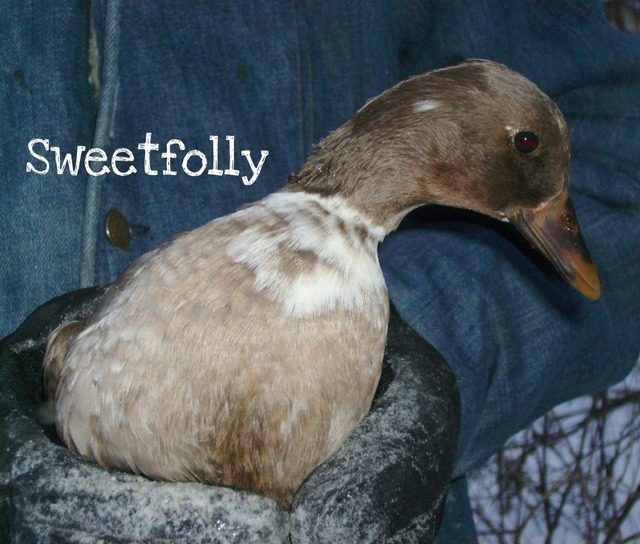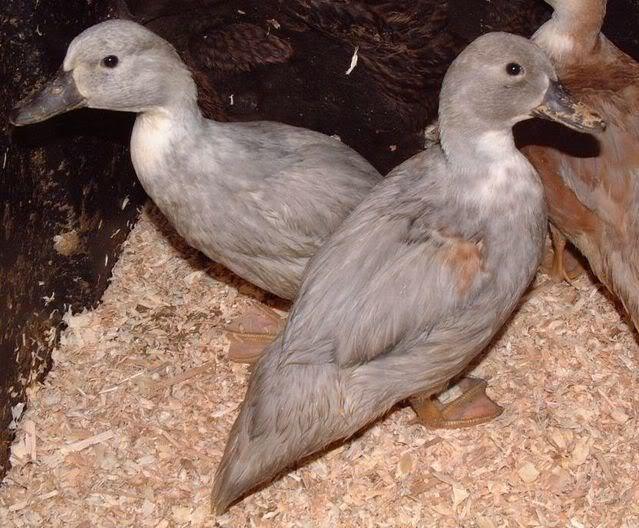- Dec 17, 2009
- 17
- 4
- 77
Senna95 is correct with the Lilac and Lavender genotypes. The UK name for what North Americans call Silver is called Lavender. Like has been mentioned, UK Silvers are what we call the Snowy colour.
Grey cross White only produces Snowy coloured ducklings if your Greys are carrying the Harlequin gene(therefor are impure) and your Whites also have the Harlequin gene "under" the White.
Calls and Runners are natorious for carrying reccesive genes because of the amount of genes available in those breeds. Because of this, alot of impure coloured birds are sold as pure coloured birds. This causes confusion, when odd coloured birds appear, for people with out a firm grasp of genetics. Not to take anything away from Sheraw, as he has produced very good Call ducks, but with that said he is known for that and not his knowledge of genetics.
Grey cross White only produces Snowy coloured ducklings if your Greys are carrying the Harlequin gene(therefor are impure) and your Whites also have the Harlequin gene "under" the White.
Calls and Runners are natorious for carrying reccesive genes because of the amount of genes available in those breeds. Because of this, alot of impure coloured birds are sold as pure coloured birds. This causes confusion, when odd coloured birds appear, for people with out a firm grasp of genetics. Not to take anything away from Sheraw, as he has produced very good Call ducks, but with that said he is known for that and not his knowledge of genetics.











